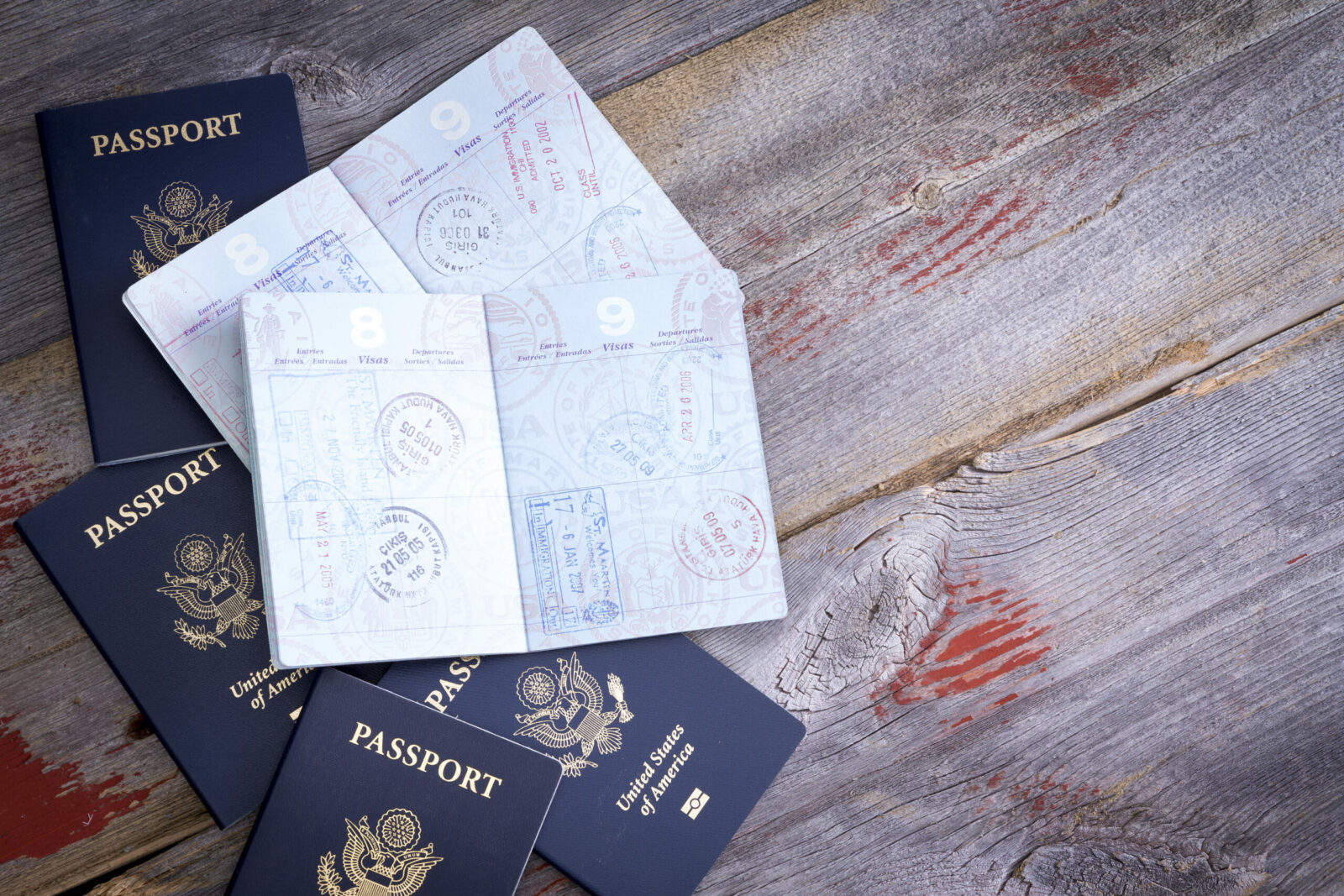
In an effort to strike a balance between national security and a smoother travel experience for passengers, the United States has implemented a range of Trusted Traveler Programs. While the programs are all closely related, choosing the best one for you really depends on how and where you travel. To help you decide, check out the highlights (and limitations) of the various programs:
What is the difference between TSA Pre-Check and Global Entry?
These are the most common programs used by Travel Beyond clients. Both are offered by the US Department of Homeland Security (DHS) through the Transportation Security Administration (TSA).
TSA Pre-Check is for departures from US airports only. Members get to wait in designated (usually shorter) lines and are eligible for expedited security screening. In most cases you do not need to remove belts or shoes, laptops can remain in cases, and so forth. The cost is $78.00 for 5 years.
- Children 12 and under may accompany an enrolled parent or guardian in the TSA PreCheck lanes without restriction.
- Children 13-17 may access the TSA PreCheck lanes if they have a TSA PreCheck logo on their boarding pass. To be eligible to receive the TSA PreCheck logo on their boarding pass, the passenger between the ages of 13 and 17 must be on the same airline reservation with a TSA PreCheck-eligible parent or guardian. However, they will not have access to TSA PreCheck lanes if they are on a separate reservation from their parent or guardian or if the TSA PreCheck logo is not included on their boarding pass. In these cases, they must go through standard security screening.
- Any child traveling alone routinely may want to enroll in the program.
Global Entry is for re-entry into the US from international destinations, whether traveling by air, land or sea. Members receive expedited clearance through US Customs and Immigration. Members also receive full TSA Pre-Check privileges when departing from US airports. The cost is $120.00 for 5 years.
- Unlike TSA Pre-Check, Global Entry benefits are member specific and cannot be extended to your children.
- Children may enroll in Global Entry. Minor children 18 years or younger are required to have parental or legal guardianship permission. Minor children 18 years or younger are free if their parent or legal guardian is an enrolled member or have submitted a Trusted Traveler Program application. The application of the parent or legal guardian must be in pending risk or conditionally approved status.
- Minor children that do not have a parent or legal guardian enrolled in Global Entry may enroll. A parent or legal guardian must give permission and must be present at the time of the interview.
What is Mobile Passport Control (MPC)?
Mobile Passport Control (MPC) is a program authorized by U.S. Customs and Border Protection that allows eligible travelers to submit passport, photo, and customs declaration information through a free, secure app on their smartphone or other mobile device. Users of Mobile Passport Control get to wait in designated (usually shorter and faster-moving) lines for customs and immigration. The use of MPC streamlines the traveler’s entry process into the United States by reducing passport control inspection time and overall wait time.
- You must answer the Customs’ Declaration questions each time you are using MPC for entry.
- You can submit information for multiple people from one device – and talk to the officer together, as a group.
- MPC does not replace any required travel documents, such as ESTA for Visa Waiver Program travelers. Ensure you have the necessary documents prior to travel.
- MPC does not replace your passport.
- You do not have to fill out a paper declaration form. You will answer CBP inspection questions electronically in the MPC app on your mobile device.
- You can submit your travel details while onboard your flight or upon arrival at your airport.
- If your flight is diverted to an airport that does not utilize MPC processing, you will not be able to use MPC as planned.
- Using MPC is secure. Your document information and responses to CBP inspection questions are submitted directly to CBP via secure encryption protocols.
What about these other programs: Nexus, Sentri, and FAST?
These programs are also offered by the US Department of Homeland Security through the Transportation Security Administration.
Nexus is for travel between the US and Canada only. Sentri is for travel between the US and Mexico only. Either can include TSA PreCheck privileges. In general, these programs are more useful for people who live near the northern and southern US borders who do not otherwise travel internationally.
FAST (Free and Secure Trade) is available only to commercial truck drivers traveling frequently between the US, Canada, and Mexico. It does not include TSA PreCheck privileges.
For more information about all of these TSA Trusted Traveler programs, please visit their website. Here, you will find eligibility rules, expected processing times and even a worksheet to help you determine which program is best for you.
What is Clear?
Unlike the TSA Trusted Traveler programs, Clear is owned by a private company. Clear allows you to skip the security line completely. Instead of waiting in line, you approach a Clear kiosk where your ID and boarding pass are verified through biometric technology. Once that quick process is complete, an agent escorts you past all the lines right up to the checkpoint for screening. Cost is $189 per year.
Having Clear as a complement to either TSA PreCheck or Global Entry improves your odds of having fast and smooth airport experiences. For more information, visit their website.
In summary, the capabilities of these programs may vary, but all of them foster a smooth travel experience while maintaining robust security protocols. Hopefully, this will point you in the direction of what’s best for you. Here’s to short security lines and safe travels!

